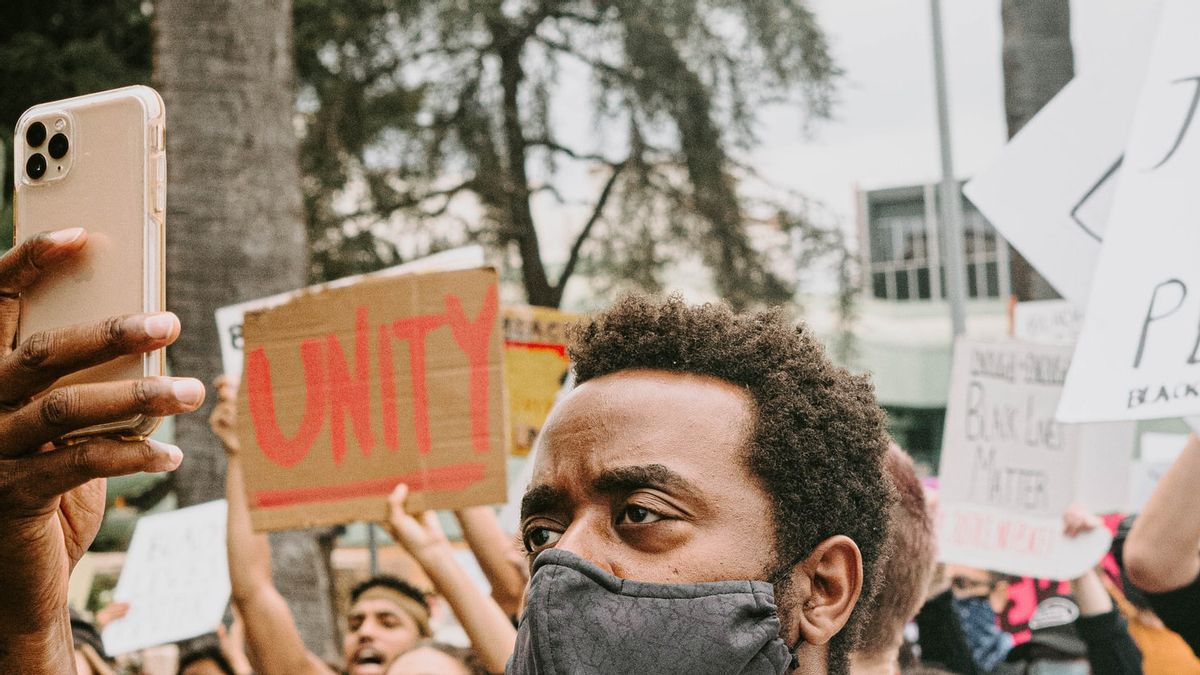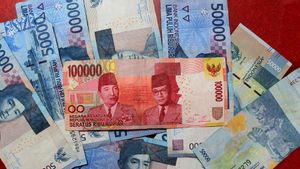JAKARTA - President Joko Widodo (Jokowi) wishes to revise Law Number 19 of 2016 concerning amendments to Law Number 11 of 2008 concerning Electronic Information and Transactions (ITE). He will also remove rubber articles in the ITE Law which actually create a sense of unfairness in opinion in the digital space and social media (social media).
There are at least nine rubber articles proposed by SAFEnet, if the ITE Law is revised by the government. There are articles that need to be deleted and also need to revise the formulation.
"Prof. @mohmahfudmd, I suggest starting from the 9 problematic articles of the ITE Law. The main problem is articles 27-29 of the ITE Law. This must be removed because of the rubber formula and there is legal duplication. Apart from that, there are also other articles that are prone to problems / misuse and need. revised the formula, "wrote SAFEnet Executive Director Damar Juniarto, Tuesday, February 16.
I suggest Prof. @mohmahfudmd starting from the 9 problematic articles of the ITE Law. The main problem is articles 27-29 of the ITE Law. This must be removed because the formula is rubber and there is legal duplication. Apart from that, there are also other articles which are prone to problems / misuse and need to be corrected. https://t.co/zaxmXAZlAi pic.twitter.com/ZsKf9W6ARX
- Damar Juniarto (@DamarJuniarto) February 15, 2021
Quoting from the SAFEnet report, the rubber articles in the ITE Law must be revised because they have multiple interpretations and can have social impacts. Some of them can even ensnare people's freedom of expression:
1. Article 26 Paragraph 3 concerning Deletion of Irrelevant Information. This article is problematic about censorship of information.
2. Article 27 Paragraph 1 concerning Asus. Vulnerable to be used to punish victims of gender based violence online
3. Article 27 paragraph 3 concerning Defamation. Vulnerable to be used for the repression of legal expressions of citizens, activists, journalists / media, and the repression of citizens who criticize the government, police and the president.
4. Article 28 Paragraph 2 concerning Hate Speech. Vulnerable to become a means of repression for religious minorities, as well as citizens who criticize the president, police, or the government.
5. Article 29 concerning Threats of Violence. Vulnerable to be used to criminalize people who want to report to the police.
6. Article 36 concerning Loss. Vulnerable to be picked up to increase the criminal penalty for defamation.
7. Article 40 Paragraph 2 (a) concerning Prohibited Content. Vulnerable as an excuse to shut down the network or become the basis for internet shutdown on the pretext of cutting off hoax information.
8. Article 40 Paragraph 2 (b) concerning Termination of Access. This article is problematic because it emphasizes that the role of the government takes precedence over court decisions.
9. Article 45 Paragraph 3 concerning the threat of imprisonment for acts of defamation. This article is problematic because it allows detention during an investigation.
Specifically, SAFEnet recorded 324 legal cases that ensnare the public, with the ITE Law as the instrument. All figures were recorded in the period 2016 to October 2020.
Safenet's data notes that the victims of the ITE Law are mostly journalists, activists, residents, artists, and even education personnel. So that Jokowi's plan to revise the ITE Law is very much needed.
Viewed specifically, Article 27 of the ITE Law is the most dangerous instrument. This article which regulates defamation cases is the most widely used tool in bringing someone against the ITE Law. This is followed by Article 28, which is also widely used because it regulates hate speech.
Of the two articles alone, the most people who have brought cases against the ITE Law are public officials, agencies and security forces. The percentage reaches 38 percent.
The English, Chinese, Japanese, Arabic, and French versions are automatically generated by the AI. So there may still be inaccuracies in translating, please always see Indonesian as our main language. (system supported by DigitalSiber.id)












